“There is only one embassy to the Holy See in Rome with windows from which you are in line of sight with the papal apartments and could wave to the Pope,”says the new Australian ambassador to the Holy See with a humorous smile, as he receives me on a rainy day in his office just across the Tiber from the Vatican. Indeed, from his office there is a magnificent view of St. Peter’s and the Vatican. Ambassador McCarthy continues facetiously, “I am under the Holy Father’s constant surveillance! He can see if I am at my desk or not.” The ambassador’s desk can in fact be directly seen from the Apostolic Palace. Over morning tea, we discuss the new ambassador’s main goals and his impressions after having presented his credentials to the Holy Father just a few weeks earlier.
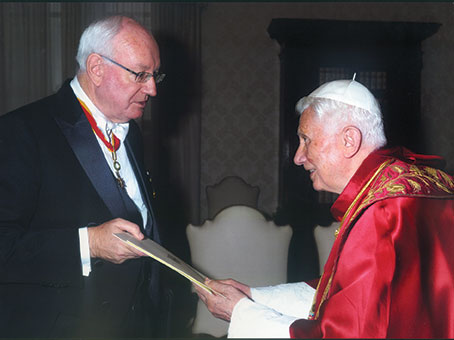
John McCarthy presents his credentials to Benedict XVI
on November 5, 2012
(Photos courtesy of Australian Embassy to the Holy See).
What do you see as your primary role as ambassador to the Vatican?
Ambassador John McCarthy: All ambassadors have as their principal function the representation of their state to the sovereignty or organization to which they are accredited. That is the objective as well as the purpose of diplomatic exchanges at this level. There are three R’s for an ambassador: Represent, Report and Review. These are the pylons of the ambassadorial bridge over which there are exchanges in both directions. Maintaining a close and effective connection between Australia and the Holy See is the principal aim of my mission.
Your professional background is in law. How does that experience affect your outlook as ambassador to the Holy See?
McCarthy: My experience over many years as a senior counsel in Australia has made several key aspects of the role of ambassador readily comprehensible to me. I have mentioned the three Rs of ambassadorial duties. In some ways, these duties are analogous to counsel, but in a different setting. As with counsel, an ambassador acts on instructions, in this case from the Australian government. Submissions and representations to the Holy See embody these instructions. The ambassador is as concerned with the possible views of the Holy See as counsel would be about the judge or judges in a given case. Consultation about appropriate and timely submissions is important in both roles, and for counsel is equivalent to the review and report functions of an ambassador. The contrast in roles is also important — counsel may appear before a court many times and for different parties in successive cases. An ambassador has a continuous connection and standing on behalf of the accrediting government and may be acting in response to issues raised, in my case, by the Holy See. An ambassador’s mission includes seeking to understand the concerns and conceptual framework as well as the personalities at the Holy See as much as counsel seeks to know and understand judicial officers. Research and reflection are critical in both roles.
I have been associated with cases from Australia that were taken to the judicial tribunals of the Holy See. I am not a canon (Church) lawyer and did not settle the submissions in these cases, but became familiar with procedures where argument and submissions are entirely written and there are no oral presentations.
Since coming to Rome as Australian ambassador to the Holy See, I have also had consultations and conferences with Curial officials about many issues. These experiences to date have been positive and productive.
How does the Holy See differ from other diplomatic posts? What are its specific advantages as a diplomatic conduit, as a neutral channel?
McCarthy: The Holy See, through the dioceses and all the agencies of the Catholic Church, is present all over the world. It is a major player and participant in international organizations. It cannot be overlooked by any State at any important organization.
Vatican diplomacy has a different purpose from customary relations between states which may regularly concern territorial, economic, military and trade issues. The Holy See in international affairs pursues a universal mission which relates to fundamental matters such as respect for human rights, the peaceful co-existence of peoples and states through the development of amicable relations, and the promotion of international order, including the promotion of human development and justice. The Holy See has worldwide contacts and connections and often has unique sources of information. The Holy See has on many occasions been a mediator and promoter of processes to resolve international disputes.
What specific priorities do you have?
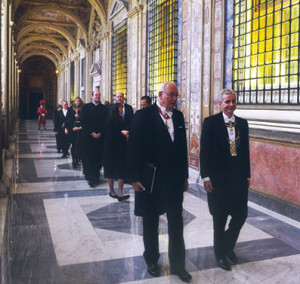
John McCarthy
McCarthy: My immediate priority has been to make myself known to the Pope, the Curia, other diplomatic missions at the Holy See, religious orders and agencies in Rome, and Australian religious and lay personnel working or studying in Rome. Over the last three months, I have called on Curial officials and the heads of other diplomatic missions as well as taken up as many engagements as possible. Through these activities, I have learned more about the immediate concerns of the Holy See in international affairs, and specifically where further perspectives and information may be of value to the Holy See. Our embassy, under my predecessor, Tim Fischer, established active engagement with the Holy See on important issues in several areas including interfaith dialogue, religious freedom, food security, human rights, climate change and arms control. I have renewed contact and dialogue with the Holy See on all of these important issues.
In my pre-posting consultations and briefings within Australia’s Department of Foreign Affairs, a frequently-repeated message was Australia’s immense respect for the vast experience and knowledge of the Holy See about all peoples, states, regions and international relations. Australia is interested at all times in information and assessments about international affairs as may be learned in Rome. It is a conscious ongoing priority on my watch for our embassy to alert our government and other missions about what may be known in Rome in relation to matters and events of interest in Australia, both specifically and generally.
I have been active in seeking the cooperation of the Holy See for the wide range of international programs and activities where the Holy See and Australia have similar interests and objectives and where Australia now has special responsibilities as a member of the UN Security Council.
I am also working as Head of Mission to further expand the contribution of this diplomatic post to Australian foreign policy and diplomacy. This priority has a wider historical dimension. My position in Rome as an envoy has sent me on the longest-surviving political journey known to diplomatic history. Empires, kingdoms, commonwealths, city-states, republics and democracies have been dispatching ambassadors, under various names, to the Holy See since the fifth century of the Christian era. The Holy See is the oldest continuing government known. The Holy See is also an active and vigorous influence in the world of today, which anyone with any acquaintance with international affairs would not dispute. This is also Australia’s present day world which we seek to influence as a middle-level and regional power with ideals and interests. The Holy See is a permanent presence in that world and should be engaged as such by Australia.
What are your first impressions of the Vatican, working with the Holy See on a daily basis?
McCarthy: My experience at present is limited, as I have only been serving as an ambassador at the Holy See for about four months. I come from a non-diplomatic background. I am learning the framework and the language in which diplomacy carries out its mission. I am familiar, as a senior advocate, with submissions and representations on behalf of parties and now on behalf of the Australian government to the Holy See. A diplomat should know the government to which he or she is accredited, so I have been very active with visiting officers of the congregations and councils of the Curia and meeting as many of the other ambassadors as possible. I have found people here in Rome to be cooperative and helpful. It is clear that the Curia, the Secretariat of State and the Papal Household are generally under heavy time constraints and tight scheduling.
My wife and family accompanied me when His Holiness received me in audience in November for the presentation of my credentials as the Australian ambassador. It was a most memorable occasion for us. This was not the first occasion we had met. I had already met Cardinal Ratzinger in 1999, when introduced to him during a visit to Rome. I was also familiar with many of his writings. However, to be Australia’s representative, with my family beside me, and to meet the Pope and confer alone with him as ambassador, was an occasion like no other. He was excited about his 2008 journey to Sydney for World Youth Day, where he also met our son, James, who served as his deacon and was subsequently ordained as a priest.
I spoke to the Pope about my mission and role as Australian ambassador to the Holy See, in particular the promotion and protection of religious freedom and interfaith dialogue. It was a great joy to witness the Holy Father’s happy response to my family and to my grandson, who not only kissed the Holy Father, but rubbed noses with him. It was a highlight of our audience, and the Holy Father was much amused. The photographs provide a wonderful remembrance.
How does your approach differ from that taken by former Ambassador Tim Fischer?
McCarthy: There is only one Tim Fischer. His success as the first resident ambassador is outstanding. I share his objectives for our mission to the Holy See and aspire to be as successful for Australia as he has been. It is a fond hope of mine that it is not essential to our diplomacy that one must be passionate and authoritative about trains and transport, for which Tim Fischer is internationally renowned. Otherwise I will be left at the station! Seriously, I seek to maintain the high profile Tim has gained for our mission through continuing his engagement in Rome on human rights issues, interfaith dialogue, anti-people trafficking, food security, arms control and climate change.
Is it important to be Catholic in this role? Could a non-Catholic or an atheist do it?
McCarthy: I am not aware that the Holy See applies a religious test in respect of the choice by a state of the person to be ambassador to the Holy See. Ambassadors come from a variety of faith backgrounds or none at all. As this position must be a distillation of the vast experience of the Holy See in international relations and diplomacy, it must follow that it is not an essential requirement for the ambassador to be a Catholic or atheist. This year marks 40 years since the Australian government established diplomatic relations with the Holy See. In that period there have been 15 Australian ambassadors accredited to the Holy See: 13 non-resident ambassadors and two who have been resident ambassadors. Some have been Catholics. There is no religious test for this appointment in Australia, and under the Australian Constitution (S.116) any such test is forbidden. In my view, there is no reason to believe that a non-Catholic or atheist, as such, could not successfully represent Australia at the Vatican.
Is interfaith dialogue still a primary objective in Australian foreign relations?
McCarthy: Our foreign minister, Senator Carr, has emphasized that interfaith dialogue at both regional and international levels has a central role in Australian foreign affairs. He has encouraged me to participate as an observer in interfaith dialogue, of which Australia is a co-sponsor in our region. I am also observing and reporting on interfaith dialogue taking place in Rome.
What is the trend in Australia concerning the re-definition of marriage?
McCarthy: There has been no change to the traditional definition of marriage in Australian family law. Recent legislative proposals for same-sex marriage were defeated in the Australian Federal Parliament.
Shortly after New Year 2013, Benedict XVI received the diplomatic corps accredited to the Holy See. What would you highlight from his speech as most important and which would apply to Australia?
McCarthy: At one level the Holy Father outlined his vision of a just and moral world and how to achieve it. He also urged for practical action now with his insistence on states being the primary instruments of peace and as having the first responsibility to work against violence and disorder. Pope Benedict was direct and compelling when speaking about the humanitarian crisis now engulfing Syria. He requested that the diplomats accredited to the Holy See remind their governments of the growing social disintegration in Syria and inform them of his appeal for a ceasefire and for the provision of essential aid to be available to meet the grave humanitarian situation. Australia had requested that the Holy Father speak in this way about Syria and strongly supports increasing aid for humanitarian purposes in Syria and will be swift to respond to this appeal.


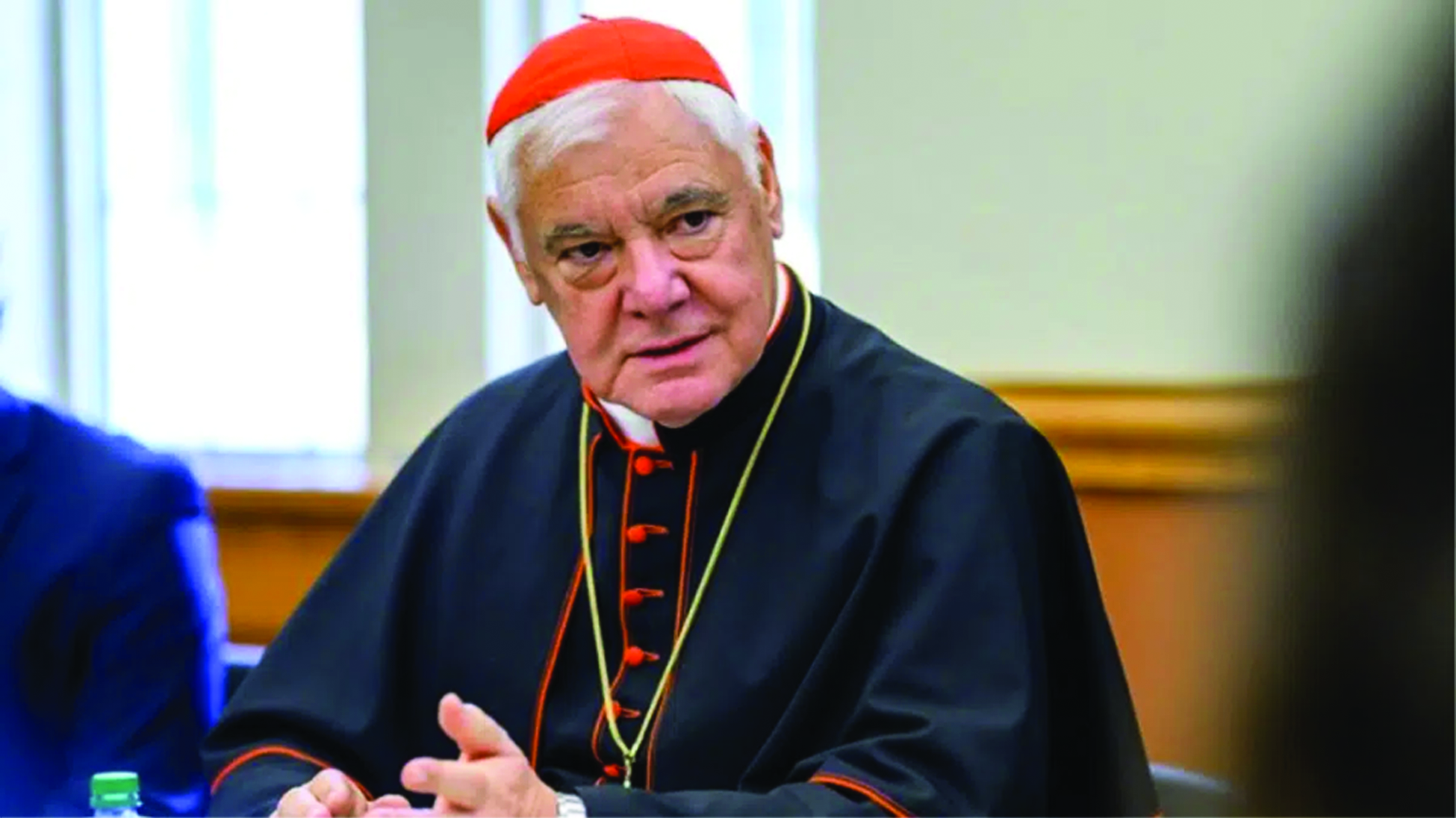

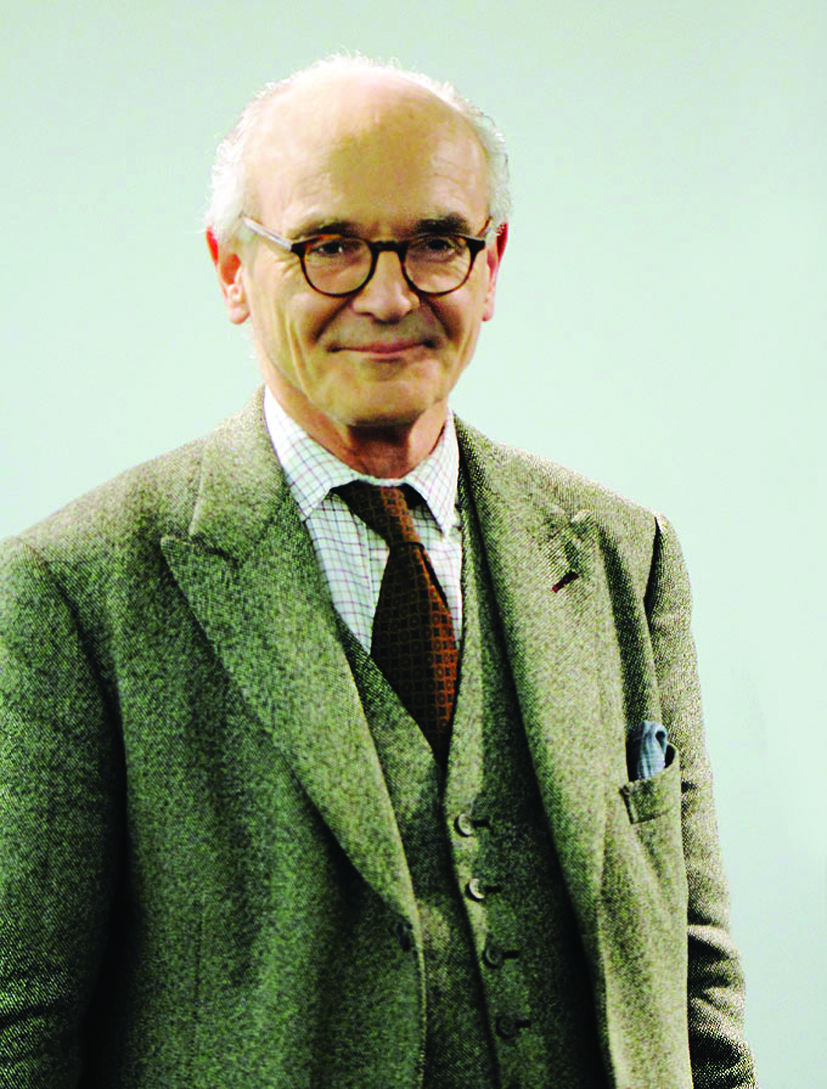
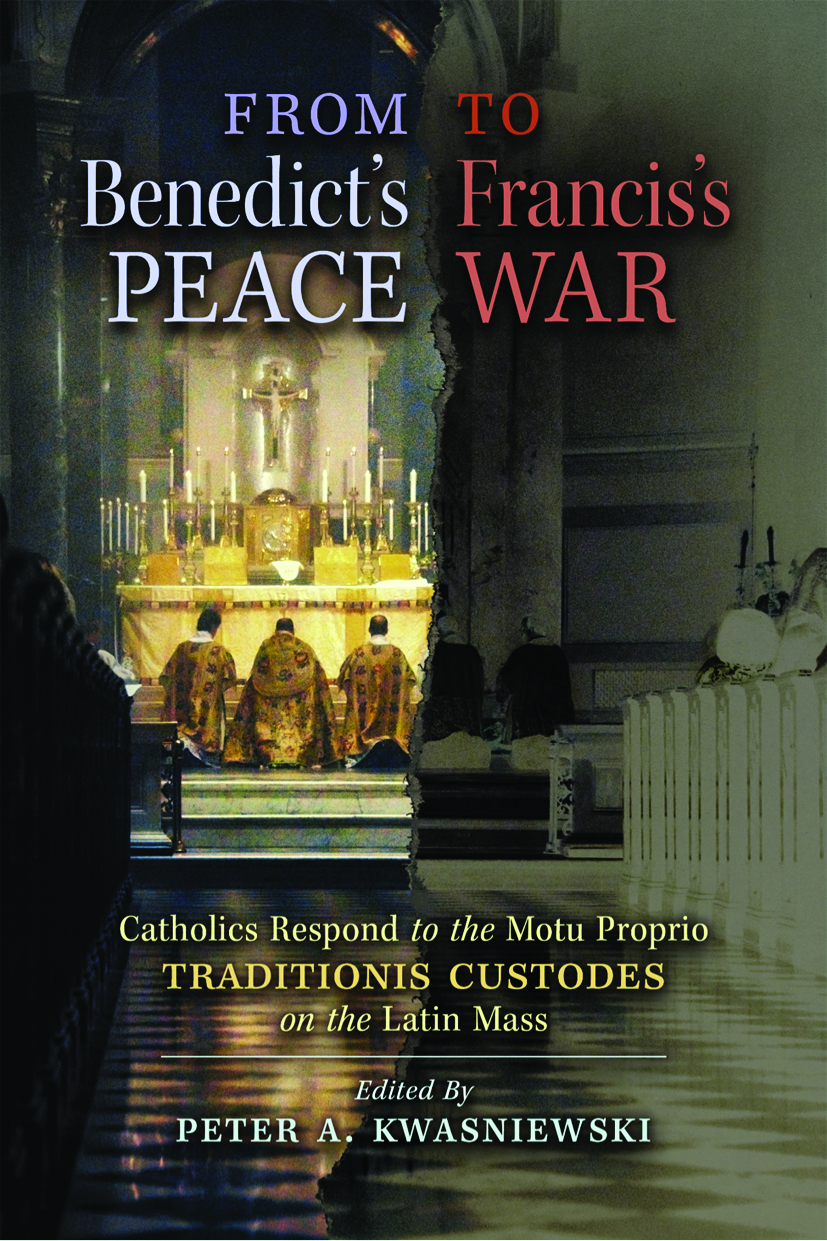
Facebook Comments